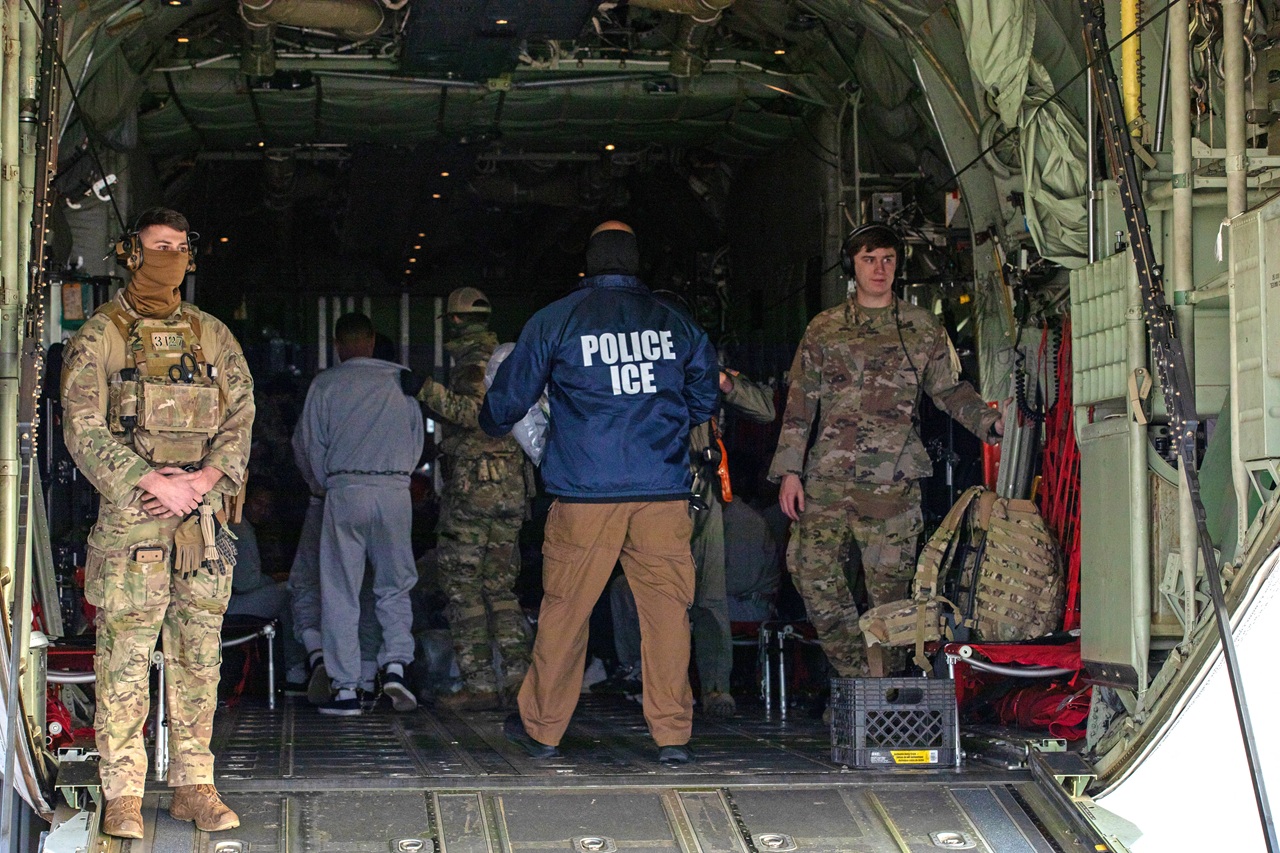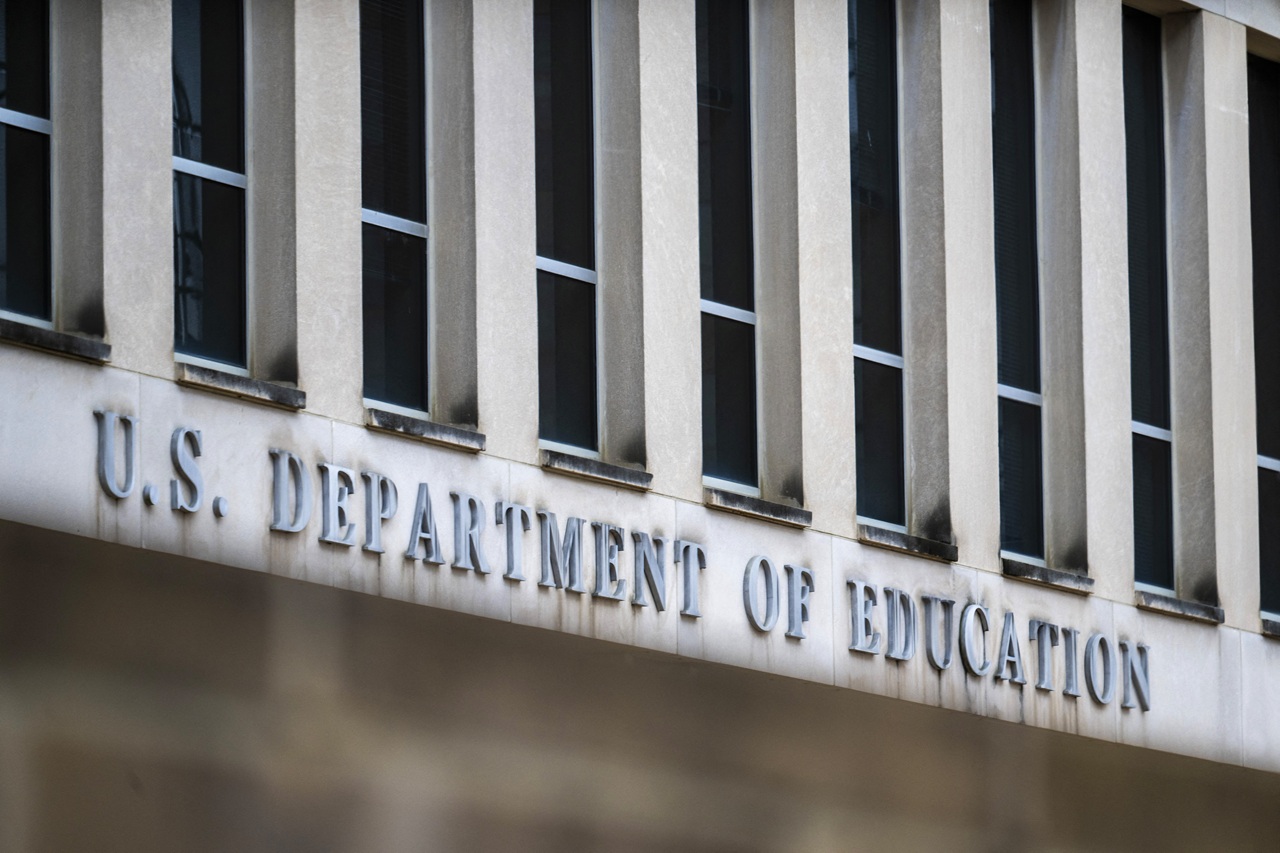
Chicago Mayor Lightfoot’s rule limiting interviews to reporters of color sparks a crucial conversation
The process wasn’t perfect, but it reignited the conversation about lack of BIPOC reporters in government.
One week ago, Chicago Mayor Lori Lightfoot announced she will be granting one-on-one interviews exclusively to journalists of color. The interviews will mark the two-year anniversary of her inauguration.
The decision was met with mixed reactions.
Some called-out their perceived bigotry of the situation, while others embraced that the Mayor recognized the disparities between BIPOC reporters and their white counterparts. Still, others questioned why she decided to wait to publicly comment on the situation two years into her term, raising questions about the timing and intent.
Lightfoot, across several statements on Twitter and a letter delivered to journalists in Chicago, maintains that she wanted to “break up the status quo” she said was failing her city’s diversity.
“That isn't just in City Hall,” Lightfoot wrote on Twitter. “It's a shame that in 2021, the City Hall press corps is overwhelmingly white in a city where more than half of the city identifies as Black, Latino, AAPI or Native American.”
I ran to break up the status quo that was failing so many. That isn't just in City Hall.
— Mayor Lori Lightfoot (@chicagosmayor) May 19, 2021
It's a shame that in 2021, the City Hall press corps is overwhelmingly White in a city where more than half of the city identifies as Black, Latino, AAPI or Native American.
She later added that diversity and inclusion is lacking across media, which is why she is being “intentional” about prioritizing media requests to BIPOC reporters to cover the two-year anniversary of her inauguration, when she became Chicago’s first openly-gay and Black woman mayor.
Lightfoot wrote that Chicago’s local media should reflect the many cultures that comprise it.
“It’s time for the newsrooms to do better and build teams that reflect the make-up of our city,” she wrote.
In a letter emailed to Chicago news outlets, Lightfoot said she wanted to make sure members of the media understood her reasoning, saying she was struck “by the overwhelming whiteness and maleness of Chicago media outlets, editorial boards, the political press corps, and yes, the City Hall press corps specifically.”
"In looking at the absence of diversity across the City Hall press corps and other newsrooms, sadly it does not appear that many of the media institutions in Chicago have caught on and truly have not embraced this moment,” Lightfoot continued.
Her statement was slammed by majority white media outlets for prioritizing BIPOC news reporters, and the reception was mixed overall.
Some said it appeared as if Lightfoot was avoiding critical City Hall reporters, while others, including TRiiBE, a Chicago-based, Black owned and focused media platform found the uproar over the mayor’s decision problematic.
“With this outrage, y’all are implying that Black and Brown journalists aren’t capable of asking the hard questions,” the outlet tweeted.
With this outrage, y'all are implying that Black and Brown journalists aren't capable of asking the hard questions.
— The TRiiBE (@TheTRiiBE) May 19, 2021
Follow and subscribe to https://t.co/fqTHG6DuwT to see for yourself.
Our revolutionary columnist @BellaBahhs interviewed Mayor Lightfoot today. Story coming 5/20. pic.twitter.com/dGPzRBgF3z
Their one-on-one interview with Lightfoot received positive feedback, wherein TRiiBE journalist Bella Bahhs wrote: “Afterwards, I left City Hall thinking that having a mayor who isn’t afraid to have a pro-Black journalist day is nice, but having one who implements pro-Black policies that we could benefit from every day would be better.”
A former federal prosecutor under Rahm Emmanuel, Lightfoot stepped into office in 2019 after campaigning on a platform of significant reform.
But two years later, her mayoral anniversary was received with protests outside her Chicago home, with signs that read “#2years2Much.”
Lightfoot’s tenure has been marked by a myriad of issues regarding racial equity — from a teachers strike, her COVID-19 response, and continued issues with policing rooted in racist tactics.
When she took office, she promised to reform the Chicago police department and improve its relationships with BIPOC communities. But after two years as mayor, her administration has yet to approve a “civilian review board” amid ongoing police killings.
Lightfoot recently revealed her own plan for overseeing the police department, but many of her campaign trail promises and proposals were absent.
Some have pointed out the double standard among leaders of major cities, and the presence of a “harsh spotlight” on Black women mayors in the last year, specifically in regards to Lightfoot, District of Columbia's Muriel Bowser, and Atlanta’s Keisha Lance Bottoms.
While mayors across the nation faced civil unrest after George Floyd’s killing and a global pandemic, they were challenged more relative to others, Politico reported.
RELATED CONTENT
Lightfoot, after all, is not the first high-profile woman of color to prioritize BIPOC media outlets to conduct special reports. As of late, officials have made intentional efforts to give interviews to journalists of color.
U.S. Interior Secretary Deb Haaland, the first Native American in a president’s cabinet, granted her initial interviews to Native American journalists.
Kamala Harris chose The 19th, an outlet dedicated to elevating women’s voices — especially women of color — to grant her first sit-down interview after she was sworn-in.
At the same time, journalism has been plagued with a lack of racial diversity for decades.
According to a Pew Research Center analysis of census data, it found that 77% of newsroom employees are white. The Associated Press reports journalists of color note they are often shut-out when attaining high-profile interviews.
Mayor Lightfoot, though imperfectly, reignited a complex issue that reflects the ongoing struggle within newsrooms to extend the current reporting on civil unrest to their own workforce.
Conversations on systemic racism, power and privilege, and who holds it within a newsroom, have been analyzed within newsrooms across the nation since George Floyd’s killing, but it’s another matter altogether to see which have actually implemented change.
Power structures directly impact reporting and coverage, and that is the essence of what Lightfoot’s decision was tackling.
BIPOC reporters found her announcement as a rare opportunity to question the Mayor on topics imperative to their audiences. But some Black and Latino reporters were met with confusion.
Manny Ramos, a neighborhood and census reporter for the Chicago Sun-Times found the timing suspicious.
“I’m wanting to understand, why did it take two years for this? Did my questions not matter until now?” he told the Washington Post.
Whatever the motive, Lightfoot’s words raised an issue that needs to be addressed.










LEAVE A COMMENT: